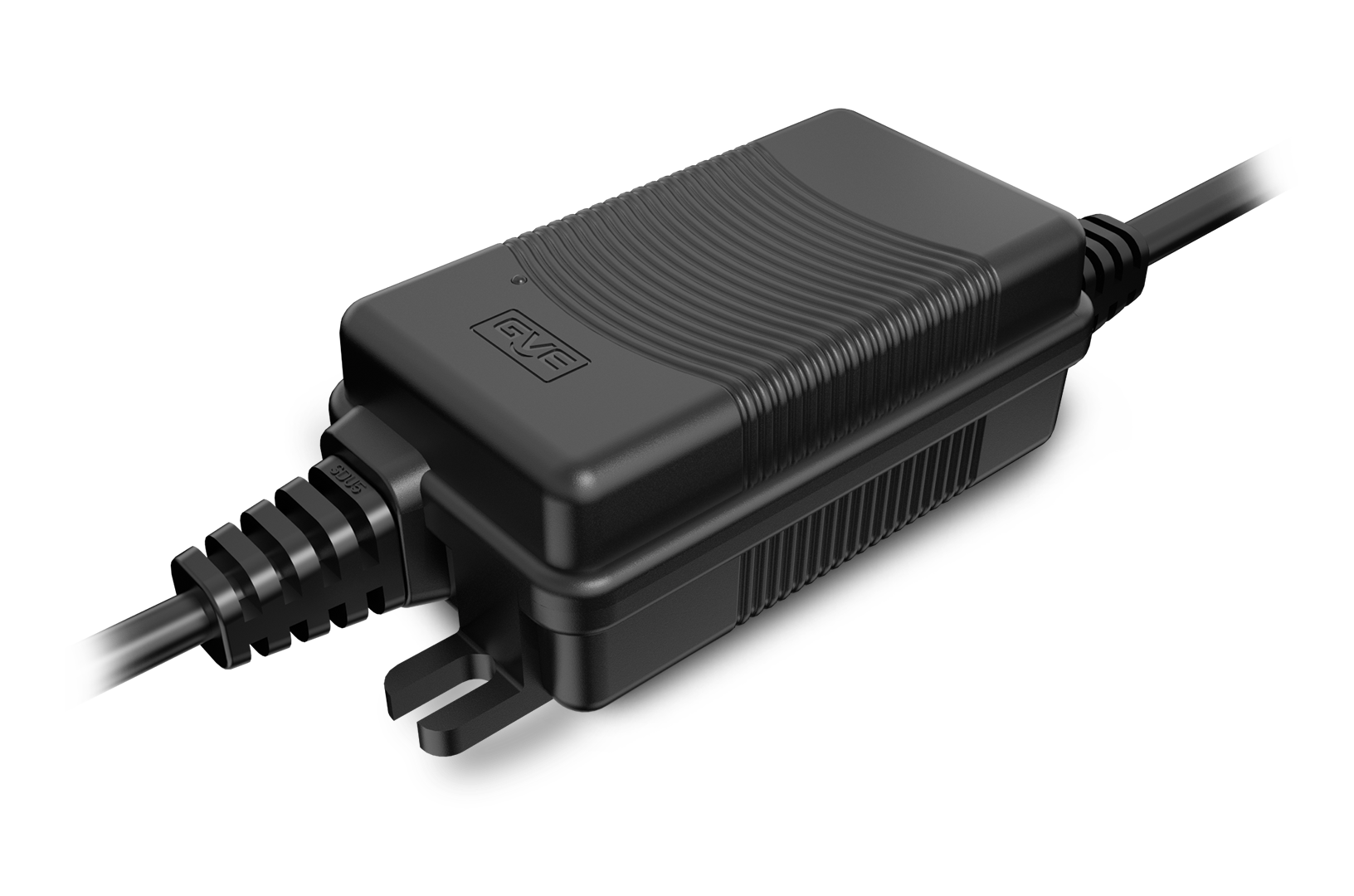Desktop Power Adapter
In the realm of modern technology, the humble desktop power adapter serves as a crucial element, powering an array of electronic devices, from laptops to monitors, and beyond. Despite its small size and unassuming appearance, a desktop power adapter plays a pivotal role in ensuring the efficient functioning of our gadgets. Let's delve deeper into its workings and understand its significance in our daily lives.
Desktop Power Adapter
A desktop power adapter, often referred to as a power brick or power supply, is an external device that converts alternating current (AC) from a power outlet into a direct current (DC) suitable for powering electronic devices.
These adapters are utilized for a wide spectrum of devices, including laptops, monitors, routers, printers, gaming consoles, and various other electronics that require a specific voltage and current to operate.
Components and Design
Input and Output:
Most desktop power adapters consist of an input cord to connect to a power outlet and an output cord that connects to the device. The input voltage and current ratings vary based on geographical regions and power standards.
Transformer and Rectifier Circuit: Inside the adapter, a transformer modifies the input voltage, followed by a rectifier circuit that converts AC to DC. This conversion is essential as most electronic devices require DC to function properly.
Voltage Regulation: Sophisticated adapters incorporate voltage regulation circuits to ensure a steady and stable output voltage, crucial for the safe and optimal operation of connected devices.
Cooling System: Some adapters employ cooling systems like fans or heat sinks to dissipate heat generated during the conversion process, preventing overheating and ensuring longevity.
How Does a Desktop Power Adapter Work?
Step-down Transformation:
The adapter first steps down the high voltage from the mains to the required voltage suitable for the device. For instance, from 110V or 220V AC to 12V, 19V, or any other specific DC voltage.
Rectification: After the transformation, the AC is converted to DC using diodes in a process called rectification. Diodes allow the current to flow in one direction only, converting the alternating current into a direct current.
Filtering and Regulation: Capacitors within the adapter filter the output, smoothing the DC signal. Regulator circuits then maintain a consistent voltage output, minimizing fluctuations and ensuring a steady power supply to the connected device.
Safety Features: Many adapters integrate safety features such as over-voltage protection, over-current protection, and short-circuit protection to safeguard both the adapter and the connected device from potential damage.
Importance in Everyday Electronics
Device Compatibility and Functionality:
The correct adapter provides the necessary power requirements for devices, ensuring they function optimally without risking damage due to incorrect voltage or current.
Portability and Convenience: Desktop power adapters, being external units, offer portability and convenience. They allow users to power their devices from various locations, provided there's a power source available.
Versatility and Interchangeability: Some adapters come with interchangeable tips or connectors, making them compatible with a variety of devices. This versatility minimizes the need for multiple adapters, enhancing convenience.
Conclusion
In conclusion, while often overlooked, the desktop power adapter is a fundamental component in the realm of electronics. Its ability to efficiently convert electrical power and provide a stable output voltage and current is indispensable for the proper functioning and longevity of our devices. Understanding its workings allows us to appreciate its significance and ensure the safe and optimal usage of our gadgets.

